January 06, 2025
The Ghats Of Banaras: Where Life Meets Eternity
CM Content Team

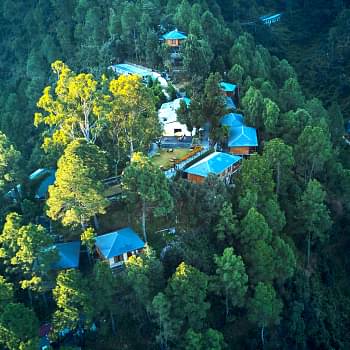
View all
140+
Resorts
January 06, 2025
CM Content Team
Dive into the spiritual and cultural heart of India with our comprehensive guide to the ghats of Banaras. Discover the 80 ghats in Banaras, experience the mesmerizing Ganga Aarti at Varanasi, and plan your visit to the famous ghats of Varanasi for an unforgettable journey.
“Banaras is older than history, older than tradition, older even than legend.” – Mark Twain
Banaras, also known as Varanasi or Kashi, is one of the oldest living cities in the world and is often referred to as the spiritual capital of India. Nestled along the banks of the sacred Ganges River, this ancient city is home to an iconic collection of 80 ghats—steps leading to the river—that serve as vibrant hubs of spirituality, culture, and daily life.
These ghats are more than just places; they are living chapters of India's rich heritage, where history, rituals, and devotion weave together a vibrant cultural tapestry. Join us on a transformative journey through these cherished sites, exploring their profound significance and the best times to experience their timeless beauty. Discover the spirit of Banaras through its iconic ghats, where every corner promises a warm welcome and an enlightening experience.
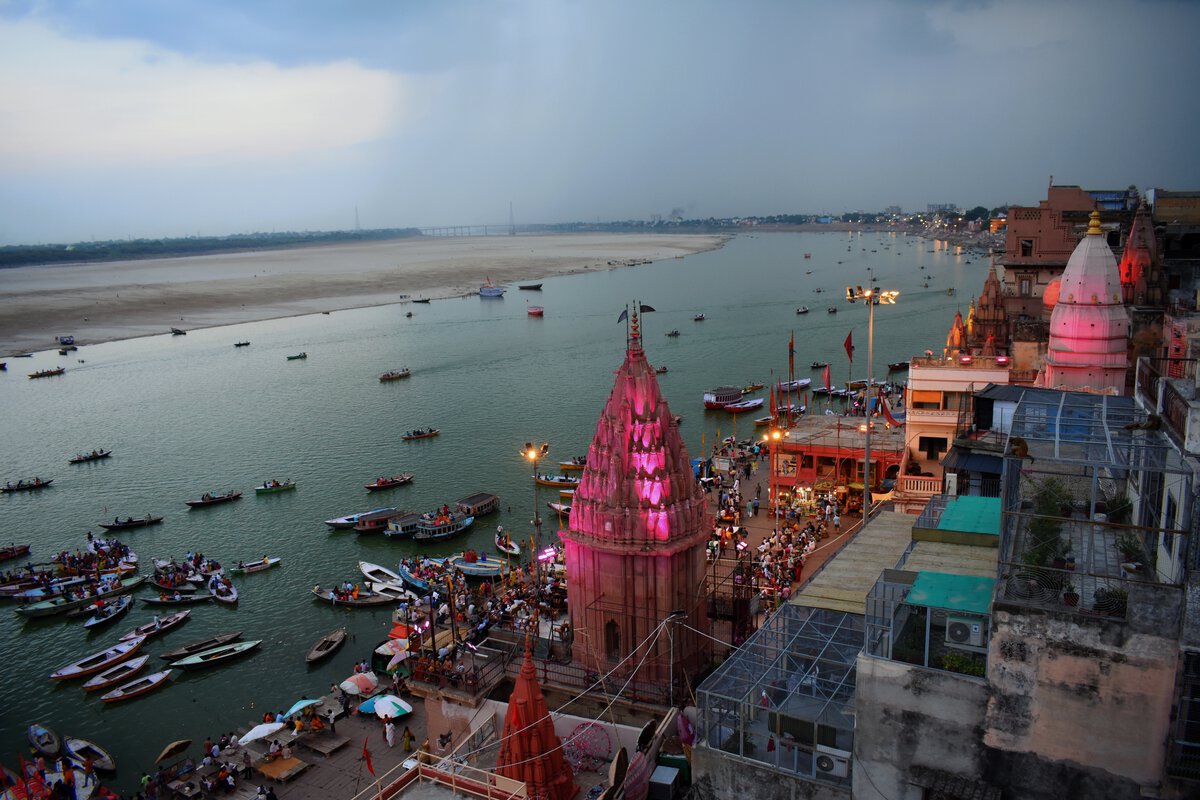
The ghats of Banaras hold an unparalleled place in India’s spiritual landscape. The ghats of Banaras are revered as "Gateway to Moksha" (liberation). These riverfront steps are deeply intertwined with Hindu beliefs about life, death, and the afterlife. Every ghat along the sacred Ganges serves as a bridge between the physical and the divine, embodying centuries of tradition and devotion.
For Hindus, Banaras is considered the holiest city, and the Ganges is no ordinary river—it is a lifeline of salvation. Rituals performed at the Banaras Kashi Ghat and other ghats range from purification baths to elaborate pujas, all believed to cleanse the soul of sins. The ghats are also places where life’s profound moments unfold, from birth celebrations to cremation rituals, making them sacred spaces where the cycle of life and death converges.
From the early morning chants to the evening glow of oil lamps during the Ganga Aarti at Varanasi, the ghats pulse with a spiritual energy that’s both humbling and awe-inspiring.
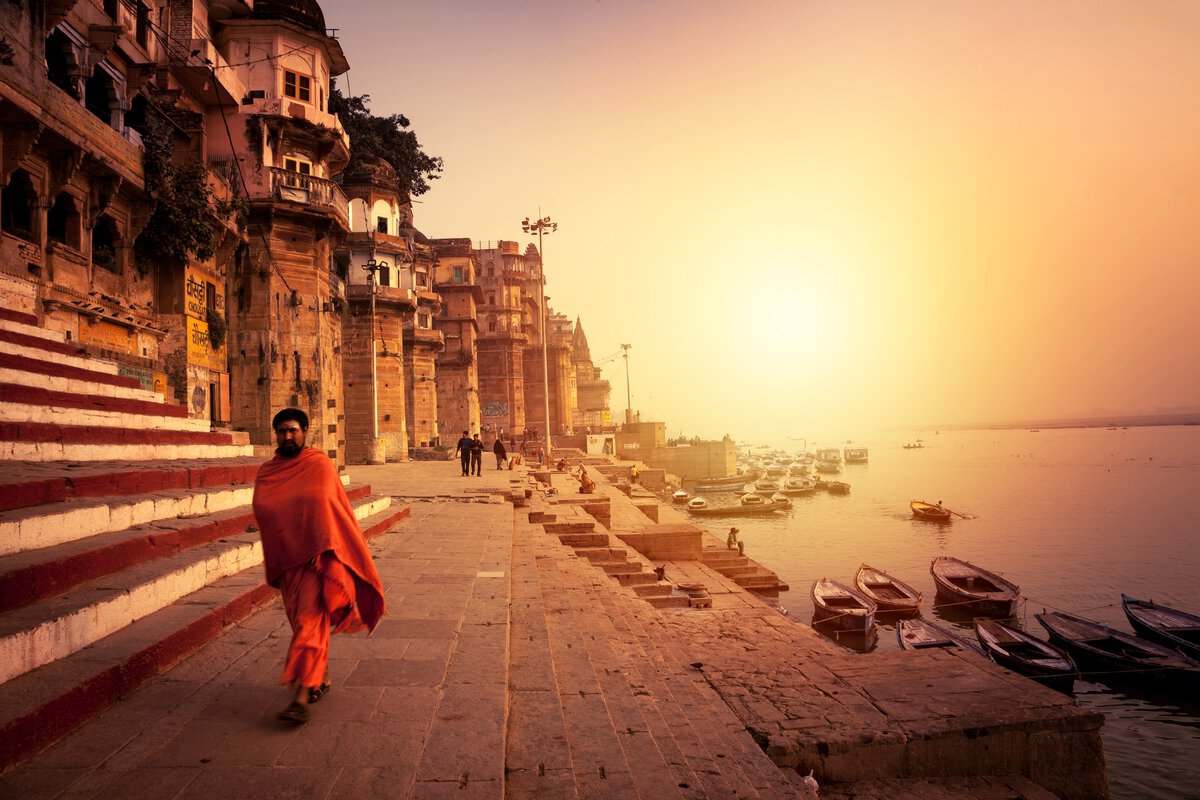
The 80 ghats of Banaras form the lifeline of this ancient city, each one with its unique history, purpose, and charm. Stretching along the crescent-shaped banks of the Ganges River, these ghats are not just landmarks but living chronicles of Banaras’ spiritual, cultural, and historical identity.
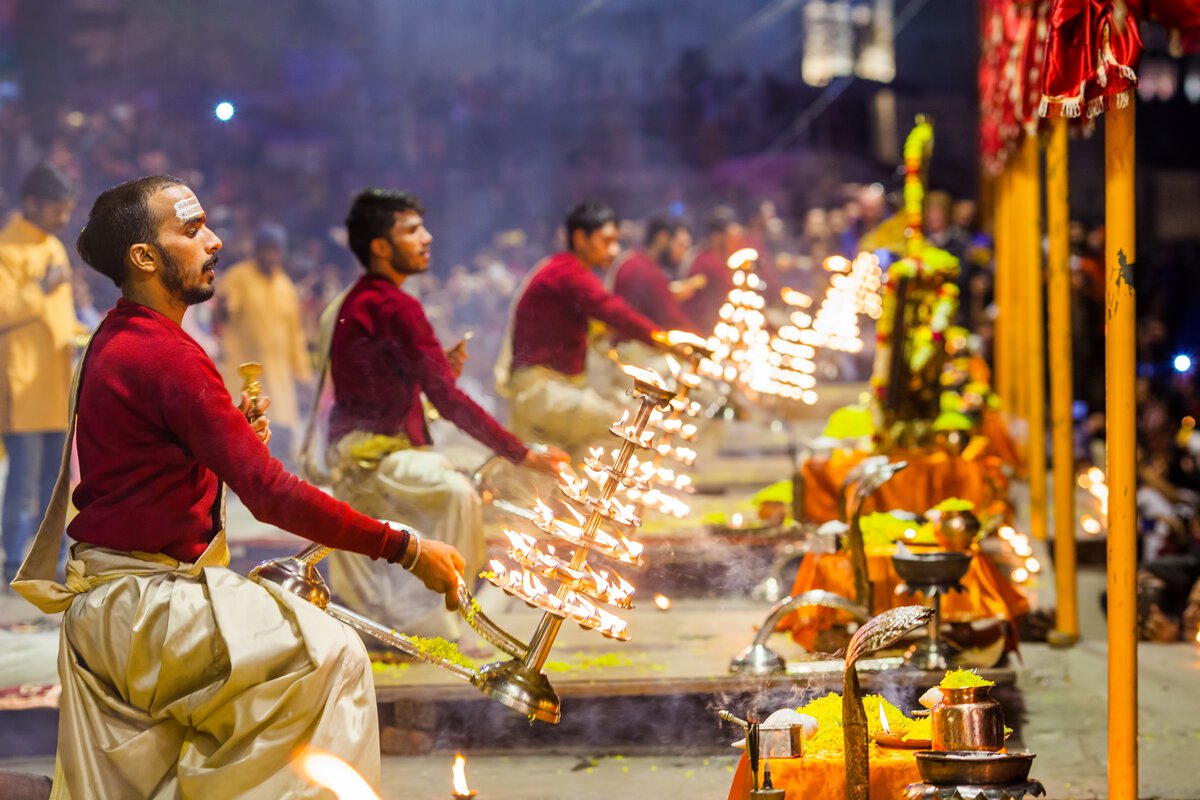
The ghats are broadly categorized based on their primary function:
Here's a comprehensive list of these ghats:
Each ghat has a story to tell—some steeped in mythology, others tied to history and modern-day cultural practices. From the tranquil Assi Ghat to the bustling Dashashwamedh Ghat, the famous ghats of Varanasi collectively form a tapestry of life’s sacred and mundane aspects, captivating everyone who visits.
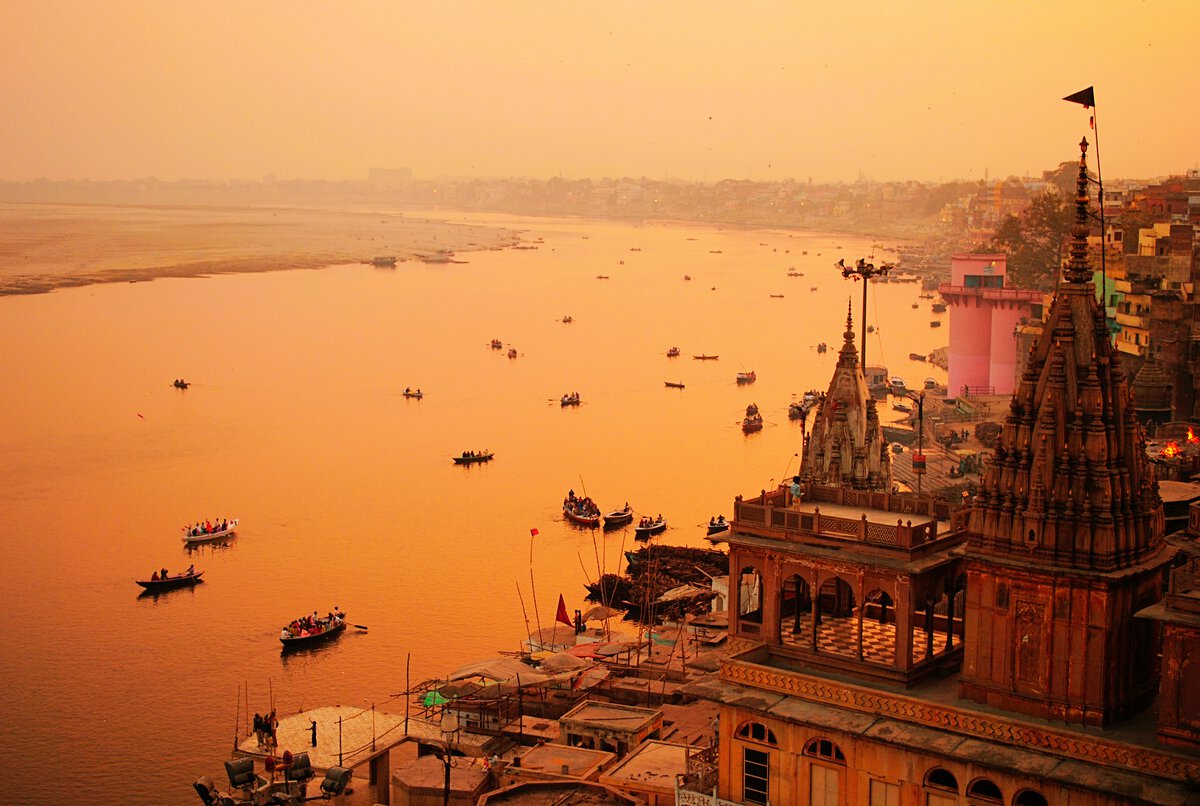
The ghats of Banaras are a harmonious blend of spirituality, history, and culture. Among the 80 ghats in Banaras, some stand out for their unique rituals, legends, and architectural beauty. Here’s a detailed exploration of the most iconic and famous ghats of Varanasi:
Dashashwamedh Ghat is the most vibrant and well-known of the famous ghats in Varanasi. Renowned for the grand Ganga Aarti at Varanasi, this ghat is a hub of spiritual and cultural activity. Its name originates from the legend of Lord Brahma, who performed ten horse sacrifices (Dashashwamedh Yajna) here to honour Lord Shiva. The evening aarti is a spectacular event, with oil lamps, chants, and music creating an enchanting atmosphere. Visiting this ghat is essential to experiencing the spiritual vibrancy of the ghats of Banaras.
Located at the confluence of the Ganga and Assi rivers, Assi Ghat is among the best spots for a tranquil start to the day. It is especially popular for sunrise yoga sessions and evening cultural events. This ghat offers a serene environment to connect with the spiritual essence of the Banaras Kashi Ghat. Legends link it to Lord Shiva’s victory over demons, and Assi Ghat is a peaceful yet significant stop for visitors exploring the ghats of Banaras.
Manikarnika Ghat is one of the most sacred famous ghats of Varanasi and a key cremation site. It is believed that cremation at this ghat leads to moksha, liberation from the cycle of rebirth. The ghat is steeped in legend, with its name derived from Goddess Parvati’s earring ("Manikarnika") that fell here. The constant burning pyres reflect the spiritual philosophy of life and death. This ghat holds a profound significance in Hindu culture and offers a deeply spiritual experience for visitors to the Banaras Kashi Ghat.
Harishchandra Ghat is another cremation ghat named after the legendary King Harishchandra, known for his unwavering commitment to truth and dharma. The ghat is quieter compared to Manikarnika but equally revered. It is believed that cremation at this ghat also grants moksha. Harishchandra Ghat’s historical and spiritual importance makes it a must-visit among the best ghats in Banaras.
Scindia Ghat is a tranquil escape that offers a contrast to the bustling activities of other ghats of Banaras. It is famous for its partially submerged Shiva temple, which, according to legend, sank under its own weight. This serene ghat is perfect for quiet reflection and photography, making it a hidden gem among the famous ghats of Varanasi.
Tulsi Ghat is named after the revered poet Tulsidas, who is said to have written parts of the Ramcharitmanas here. This ghat is a hub for cultural activities, including classical music and dance programs. Its quiet charm and connection to Indian literature and spirituality make it a unique stop among the 80 ghats in Banaras.
Panchganga Ghat is believed to be the meeting point of five sacred rivers—Ganga, Yamuna, Saraswati, Dhupapapa, and Kirana—although only the Ganga is visible today. The ghat also houses the Alamgir Mosque, built during the Mughal era, adding a historical dimension to its spiritual significance. As one of the quieter, famous ghats of Varanasi, Panchganga Ghat is perfect for peaceful contemplation.
Raj Ghat, marking the northernmost end of the ghats of Banaras, is a serene and scenic spot. Located near the Raj Ghat Fort, it provides a historical touch to its tranquil surroundings. This ghat is ideal for visitors seeking a quieter experience of the Banaras Kashi Ghat, away from the bustling crowds.
These famous ghats of Varanasi embody the spirit and heritage of the city. From the spiritual energy of Dashashwamedh Ghat to the peaceful charm of Assi Ghat, each offers a unique glimpse into the timeless beauty of the ghats of Banaras.
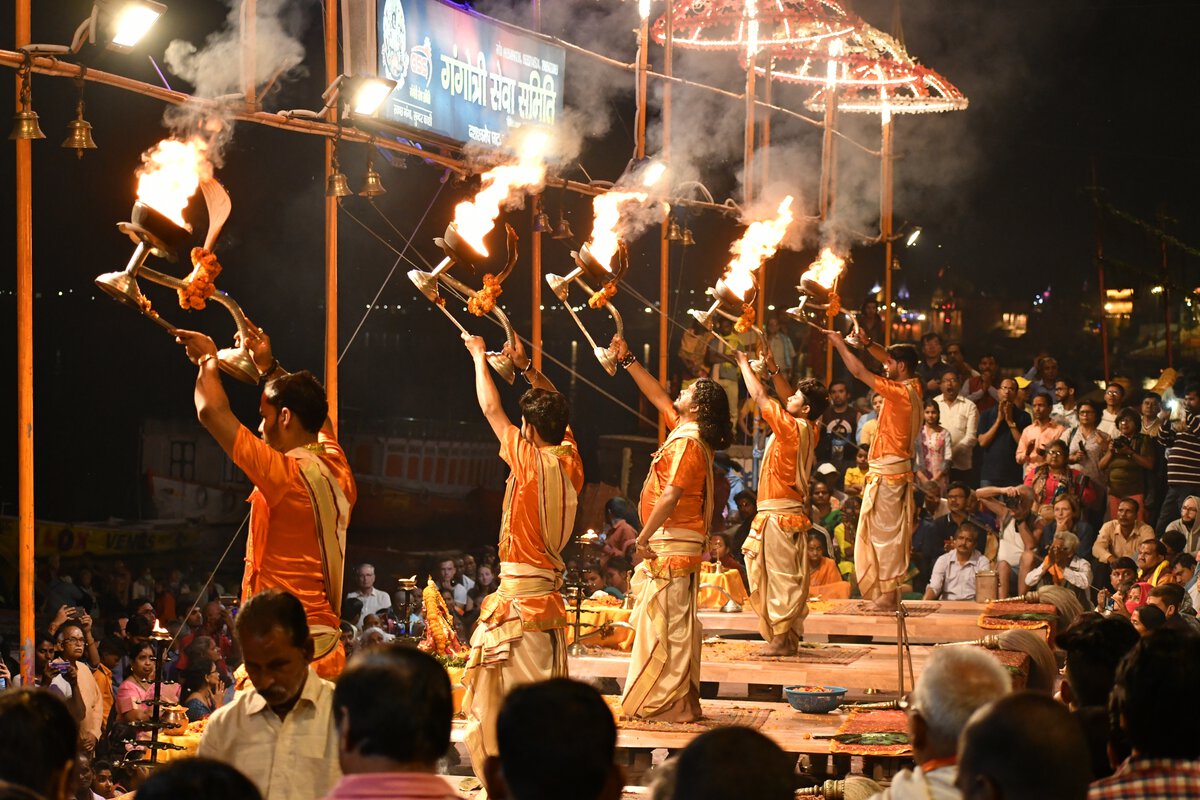
The Ganga aarti at Varanasi is more than a performance; it is a devotional offering to the Ganges River, revered as a goddess in Hindu culture. The fire symbolizes the purification of the soul, while the ringing bells signify the dispersal of negativity and the welcoming of divine energy. The rhythmic waving of the lamps mirrors the ebb and flow of the river, signifying harmony with nature. Each element of the ritual reflects gratitude and reverence for the Ganga, considered the giver of life and salvation.
At Dashashwamedh Ghat, the evening aarti is an elaborate spectacle performed by a group of priests clad in traditional attire. Against the backdrop of the Ganges River, they chant hymns, ring bells, and perform synchronized movements with large brass lamps filled with burning camphor. The flickering flames, fragrant incense, and rhythmic sounds of conch shells create a mystical ambience that draws devotees and tourists alike.
Assi Ghat offers a quieter and more intimate version of the Ganga Aarti at Varanasi. Here, the focus is on simplicity and connection, making it ideal for those seeking a less crowded yet equally profound experience. The morning aarti at Assi Ghat is particularly serene, welcoming the first light of the day with soulful prayers and music.
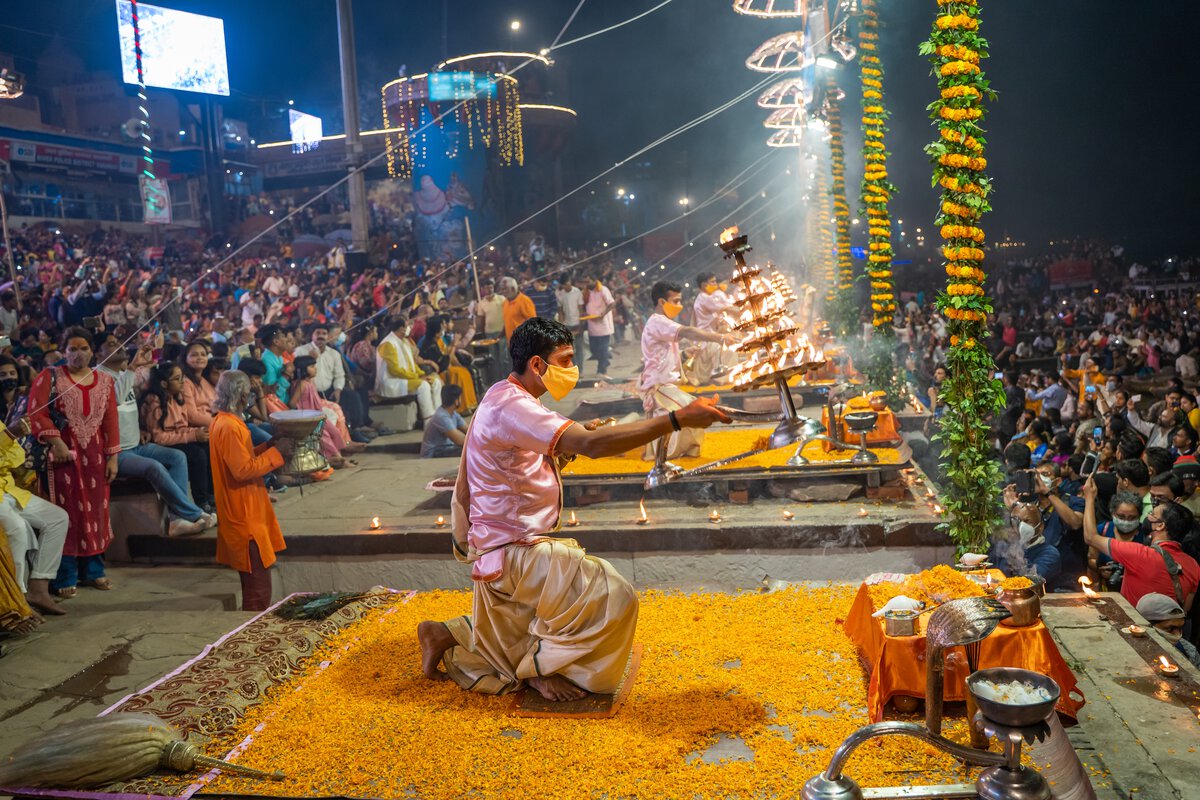
Comfortable seating mats, a camera for capturing moments (flash-free during the ceremony), and some cash for offerings or boat rides.
Maintain silence and respect the rituals during the aarti. Avoid obstructing the view of others or interfering with the ceremony.
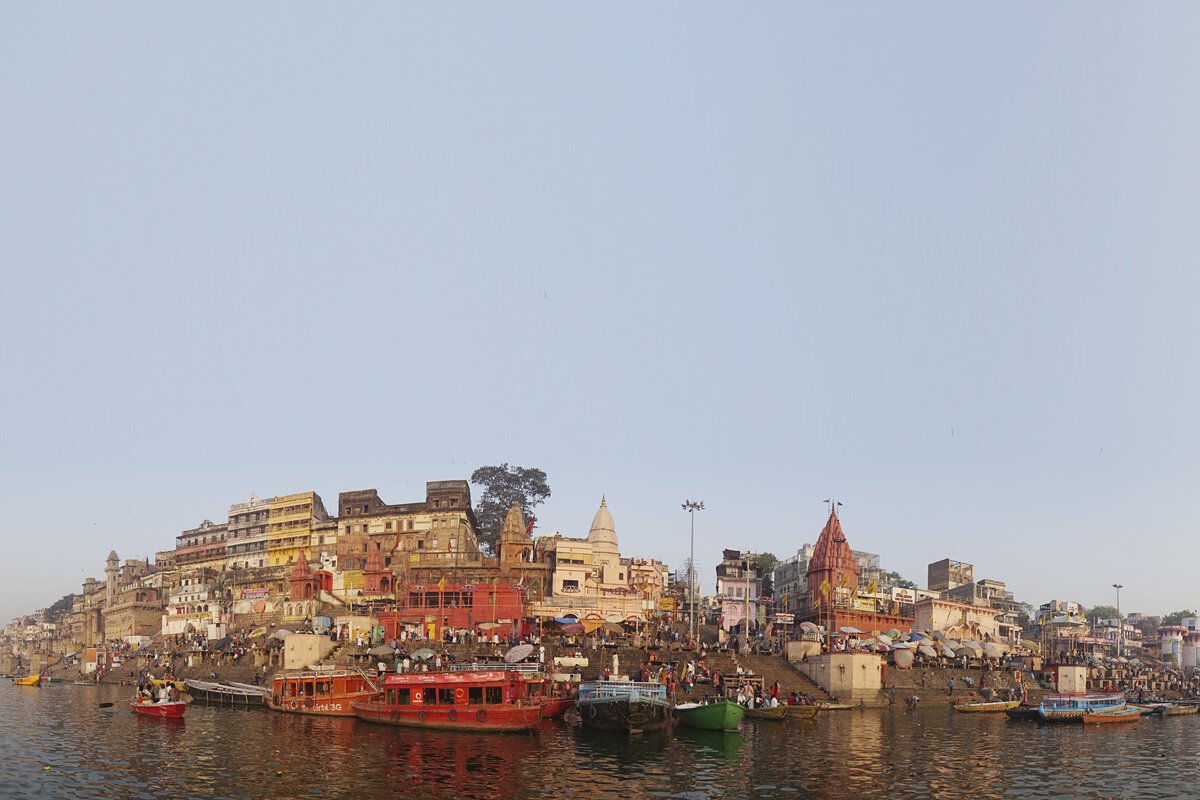
A thoughtfully planned itinerary can help you experience the best of the ghats of Banaras in a single day, blending spiritual rituals, cultural highlights, and serene moments. Here’s a curated guide to exploring the most iconic, famous ghats of Varanasi.
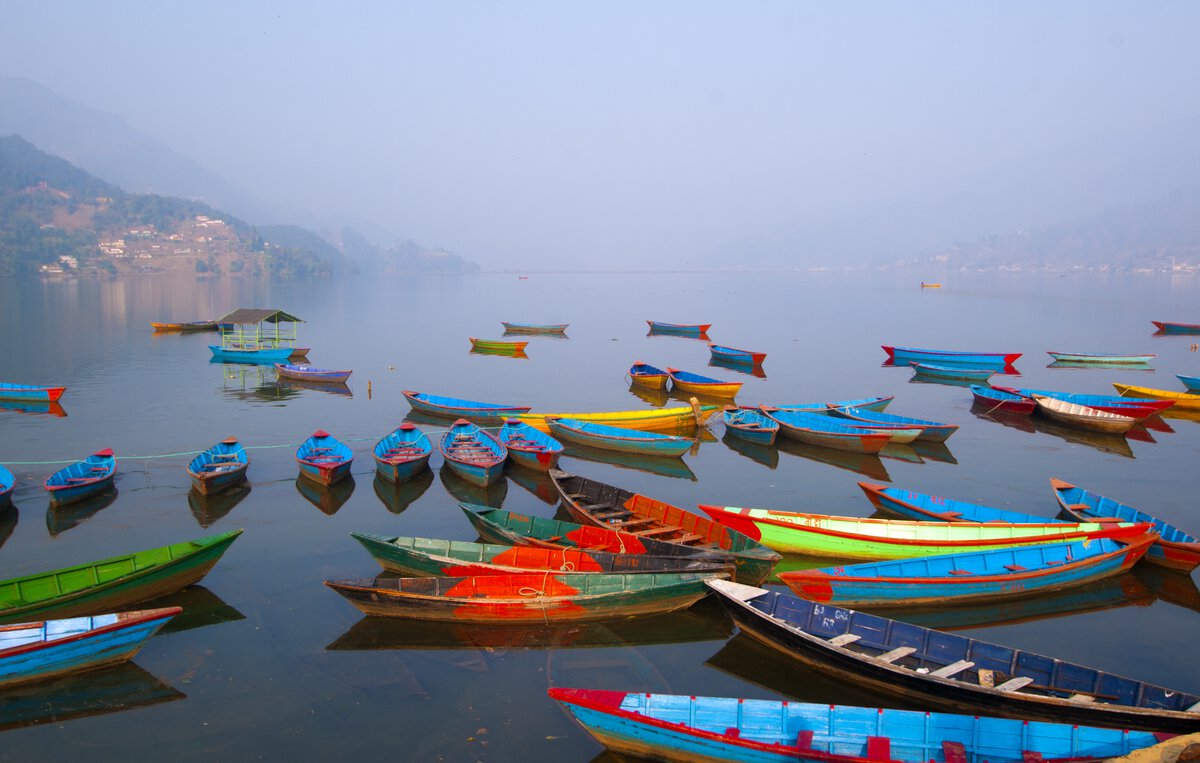
The ghats of Banaras are alive with activity, offering visitors countless ways to connect with the city’s rich heritage and spirituality. Here are some of the most enriching activities to experience along the famous ghats of Varanasi:
A boat ride along the Ganges is one of the most iconic ways to experience the ghats of Banaras.
For photographers, the ghats of Banaras are a visual feast. Capture the vibrant colours, rituals, and life along the riverbanks.
The famous ghats of Varanasi are not just places of worship but hubs of stories and experiences.
Exploring the best ghats in Banaras can be a transformative experience if planned well. Here are some practical tips to ensure a seamless visit:

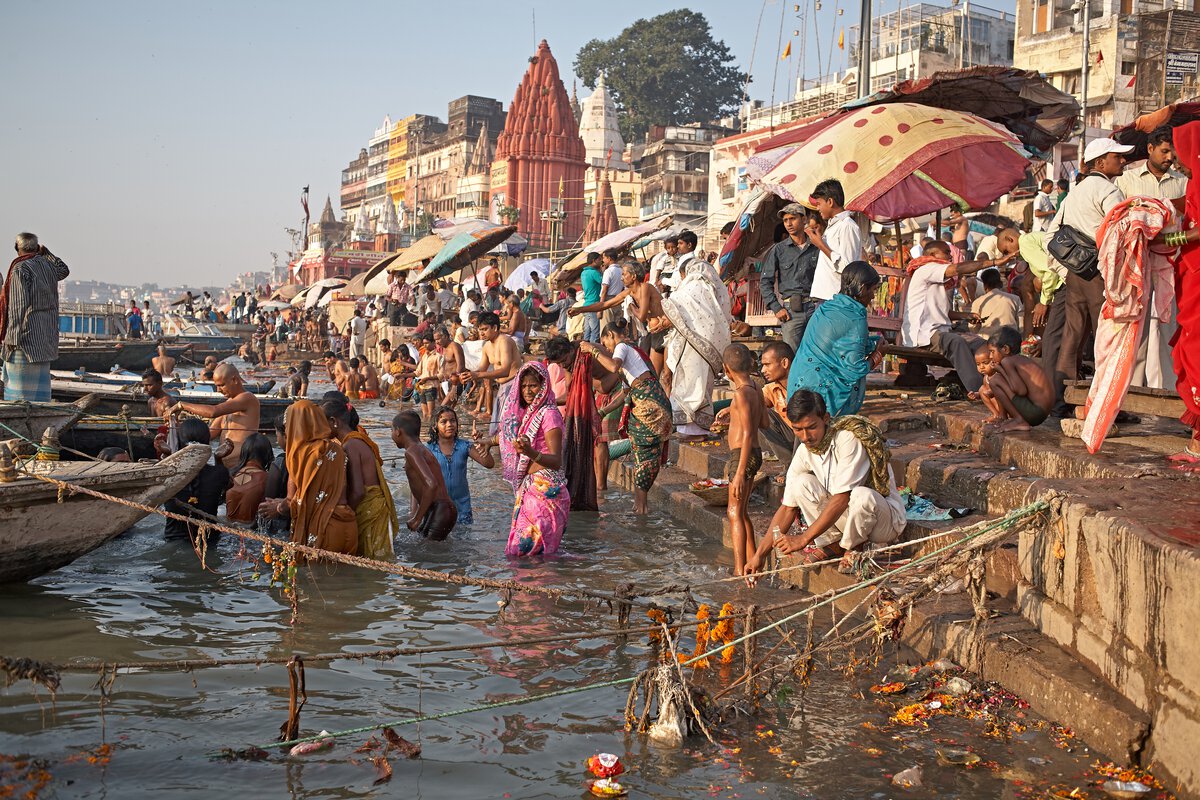
These activities and tips ensure a fulfilling and respectful exploration of the famous ghats of Varanasi. Whether it’s through a serene boat ride, engaging with locals, or savouring Banarasi cuisine, the ghats of Banaras promise an experience that lingers in your heart.
The ghats of Banaras are more than just riverfront steps; they are living, breathing symbols of India’s spiritual and cultural legacy. From the tranquil mornings at Assi Ghat to the electrifying Ganga Aarti at Varanasi at Dashashwamedh Ghat, these ghats offer an experience that is as diverse as it is profound.
With their historical significance, spiritual allure, and vibrant daily life, the famous ghats of Varanasi capture the essence of the city and the eternal bond between humanity and the sacred Ganges River. Whether you seek enlightenment at Manikarnika Ghat, tranquillity at Scindia Ghat, or cultural immersion at the Banaras Kashi Ghat, every moment spent here is a journey into the soul of India.
Plan your visit to the best ghats in Banaras to witness the magic for yourself. Let Club Mahindra guide you to a memorable experience that seamlessly combines exploration with comfort. The time to embrace the timeless charm of the ghats of Banaras is now.
Mahindra Holidays & Resorts India Ltd. (MHRIL), a part of Leisure and Hospitality sector of the Mahindra Group, offers quality family holidays primarily through vacation ownership memberships and brings to the industry values such as reliability, trust and customer satisfaction. Started in 1996, the company's flagship brand ‘Club Mahindra’, today has over 300,000 members , who can holiday at 140+ resorts in India and abroad.
We use cookies to personalise content and to provide you with an improved user experience.By Continuing to browse this site you consent to the use of cookies.Please visit our cookie policy for further details.

Welcome to ClubMahindra.com In order to provide a personalised experience for you, we use cookies to enable some website functionality. Cookies help us see which articles most interest you; allow you to easily share articles on social media channels; permit us to deliver content personalised to your interests and locations; along with many other site benefits. For more information, please review our Cookie Policy
When you visit any website, it may store or retrieve information on your browser, mostly in the form of cookies. This information might be about you, your preferences or your device and is mostly used to make the site work as you expect it to. The information does not usually directly identify you, but it can give you a more personalized web experience. Because we respect your right to privacy, you can choose not to allow some types of cookies. Click on the different category headings to find out more and change our default settings. However, blocking some types of cookies may impact your experience of the site and the services we are able to offer.
Because we respect your right to privacy, you can choose not to allow some types of cookies and you have the right to withdraw your consent by send a mail to email id [email protected]
These cookies are essential in order to enable you to move around the site and use its features, such as accessing secure areas of the site. Without these cookies, services you have asked for cannot be provided.
These cookies allow us to employ data analytics so we can measure and improve the performance of our site and provide more relevant content to you. These cookies don't collect information that identifies a visitor down to an individual level that is available to us. These cookies are not passing personally identifiable information to any external third party other than in limited cases when we engage a service provider to act on our behalf but who is then unable to use the data for their own purposes.
Performance cookies are generally third-party cookies from vendors we work with or who work on our behalf that collect information about your visit and use of the Club Mahindra website, for instance which pages you visit the most often, and if you get error messages from web pages. These cookies don't collect information that identifies a visitor. All information these cookies collect is anonymous and is only used to improve your overall experience on how the website works. Third party vendors may have access to this data and may use it to improve their overall services and offerings.
Functionality cookies allow a site to remember choices you make (such as your user name, language or the region you are in) and provide more enhanced, personal features. These cookies cannot track your browsing activity on other websites. They don't gather any information about you that could be used for advertising or remembering where you've been on the Internet outside our site.
Third-party advertising and social media cookies are used to (1) deliver advertisements more relevant to you and your interests; (2) limit the number of times you see an advertisement; (3) help measure the effectiveness of the advertising campaign; and (4) understand people's behaviour after they view an advertisement. They are usually placed on behalf of advertising networks with the site operator's permission. They remember that you have visited a site and quite often they will be linked to site functionality provided by the other organization. This may impact the content and messages you see on other websites you visit. If you do not allow these cookies you may not be able to use or see certain these sharing tools content on our website.